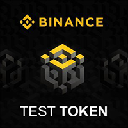-
 Bitcoin
Bitcoin $86,068.0566
-3.41% -
 Ethereum
Ethereum $2,356.1864
-5.34% -
 Tether USDt
Tether USDt $0.9991
-0.01% -
 XRP
XRP $2.2261
-3.86% -
 BNB
BNB $613.4995
-2.58% -
 Solana
Solana $140.4983
-1.00% -
 USDC
USDC $0.9999
-0.01% -
 Dogecoin
Dogecoin $0.2089
-2.13% -
 Cardano
Cardano $0.6682
-2.77% -
 TRON
TRON $0.2287
-1.00% -
 Chainlink
Chainlink $15.5535
0.58% -
 Litecoin
Litecoin $129.4421
3.56% -
 Avalanche
Avalanche $23.0691
2.71% -
 Sui
Sui $2.9077
-4.07% -
 Stellar
Stellar $0.2898
-2.54% -
 Toncoin
Toncoin $3.4777
-3.59% -
 Shiba Inu
Shiba Inu $0.0...01466
1.34% -
 UNUS SED LEO
UNUS SED LEO $9.2403
2.40% -
 Hedera
Hedera $0.2005
0.58% -
 Polkadot
Polkadot $5.0230
3.94% -
 MANTRA
MANTRA $7.2959
-4.49% -
 Hyperliquid
Hyperliquid $20.9454
2.47% -
 Bitcoin Cash
Bitcoin Cash $299.5839
0.86% -
 Ethena USDe
Ethena USDe $0.9993
-0.02% -
 Dai
Dai $0.9997
-0.01% -
 Bitget Token
Bitget Token $4.1106
-1.98% -
 Uniswap
Uniswap $8.1958
-1.15% -
 Monero
Monero $213.8240
-4.43% -
 NEAR Protocol
NEAR Protocol $3.0860
0.26% -
 Aptos
Aptos $6.1129
7.44%
How are Tokamak Network currency transaction fees determined?
Higher network congestion on the Tokamak Network leads to increased transaction fees calculated based on chain complexity, calldata gas, and the user-adjustable network gas price.
Jan 02, 2025 at 03:18 pm

Key Points:
- Tokamak Network currency transaction fees are variable and based on network congestion.
- Higher network congestion results in higher fees.
- Fees are calculated using a combination of chain complexity, calldata gas, and network gas price.
- Users can adjust gas prices to optimize transaction speed and cost.
How Tokamak Network Currency Transaction Fees Determined:
- Network Congestion: The primary factor influencing transaction fees on the Tokamak Network is network congestion. When the network is experiencing high traffic volume, demand for block space increases, leading to higher fees. During periods of low network activity, fees may be lower.
- Chain Complexity: The complexity of a transaction also affects its fee. Transactions involving complex operations, such as smart contract interactions or token swaps, require more computational resources and thus incur higher fees.
- Calldata Gas: Calldata refers to the data associated with a transaction, such as the input parameters for smart contracts. The amount of calldata included in a transaction can influence its fee, as more calldata requires more gas to process.
- Network Gas Price: The gas price is a user-determined parameter that indicates the amount of ETH they are willing to pay per unit of gas. Setting a higher gas price can increase the priority of a transaction in the mempool and expedite its confirmation, but it also results in higher fees.
- Fee Calculation: The transaction fee is calculated as the product of the chain complexity, calldata gas, and network gas price. The chain complexity and calldata gas are determined by the specific transaction, while the gas price is set by the user.
- Transaction Prioritization: Transactions with higher fees are typically prioritized for confirmation on the Tokamak Network. However, it is important to note that even transactions with high gas prices may not be confirmed immediately during periods of extreme network congestion.
FAQs:
Q: How can I minimize transaction fees on the Tokamak Network?
A: Choose off-peak network hours, adjust gas prices, reduce calldata, and use gas-efficient smart contracts.
Q: Why can transaction fees vary significantly?
A: Fee variations depend on network congestion, transaction complexity, and calldata usage.
Q: Are transaction fees refundable if a transaction fails?
A: No. Transaction fees are not refunded if a transaction fails due to insufficient gas or other errors.
Q: What are the implications of setting a very high gas price?
A: It increases the priority of the transaction but can result in unnecessarily high fees.
Q: How can I estimate transaction fees before submitting a transaction?
A: Use gas estimation tools provided by wallets or blockchain explorers to approximate fees.
Disclaimer:info@kdj.com
The information provided is not trading advice. kdj.com does not assume any responsibility for any investments made based on the information provided in this article. Cryptocurrencies are highly volatile and it is highly recommended that you invest with caution after thorough research!
If you believe that the content used on this website infringes your copyright, please contact us immediately (info@kdj.com) and we will delete it promptly.
- The story of Dogecoin shines with the shimmer of improbability.
- 2025-02-27 16:55:31
- The Unbelievable Potential of Dogecoin: Dream or Reality?
- 2025-02-27 16:55:31
- Rexas Finance (RXS) Aims to Outperform Solana (SOL) by Tokenizing Real-World Assets
- 2025-02-27 16:55:31
- HBAR Price Struggles at $0.20 Despite SWIFT's $150T Gamble on Hedera
- 2025-02-27 16:45:48
- Bitcoin (BTC) Price Has Declined Recently from the $96K Level to a New Low of $87K
- 2025-02-27 16:45:48
- HBAR Price Needs A Strong Push to Break Out of the Persistent Downtrend
- 2025-02-27 16:45:48
Related knowledge
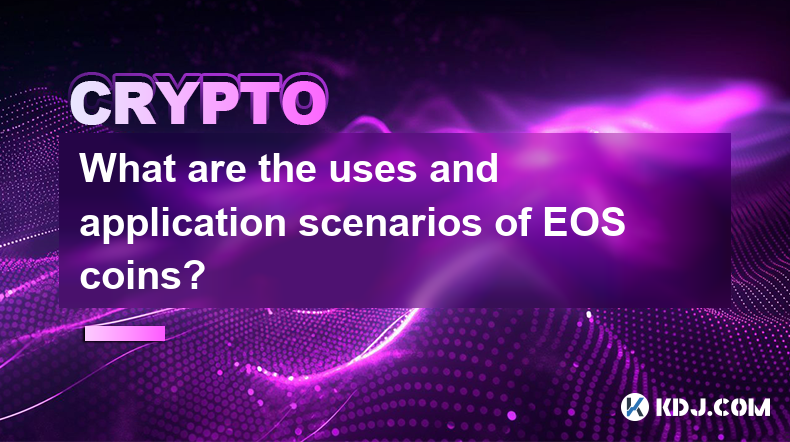
What are the uses and application scenarios of EOS coins?
Feb 26,2025 at 09:54pm
EOS: Decentralized Infrastructure for Scalable Blockchain ApplicationsKey Points:EOS enables the creation and deployment of decentralized applications with unparalleled scalability and efficiency.Its unique architecture features a high-throughput blockchain with zero transaction fees and the ability to process millions of transactions per second.EOS is ...
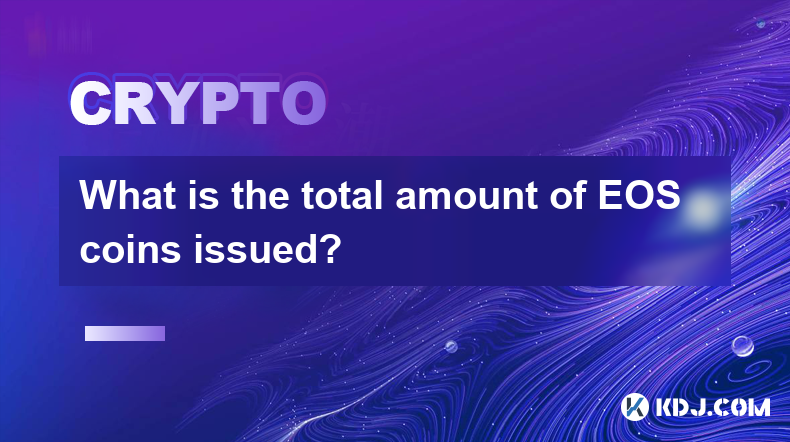
What is the total amount of EOS coins issued?
Feb 26,2025 at 06:24pm
Key PointsTotal Supply: Understand the concept of initial supply and its impact on EOS tokenomicsSupply Dynamics: Explore the various factors that affect EOS supply, including inflation and staking incentivesMarket Capitalization vs. Circulating Supply: Delve into the nuances between these metrics and their significance in token valuationDistribution an...
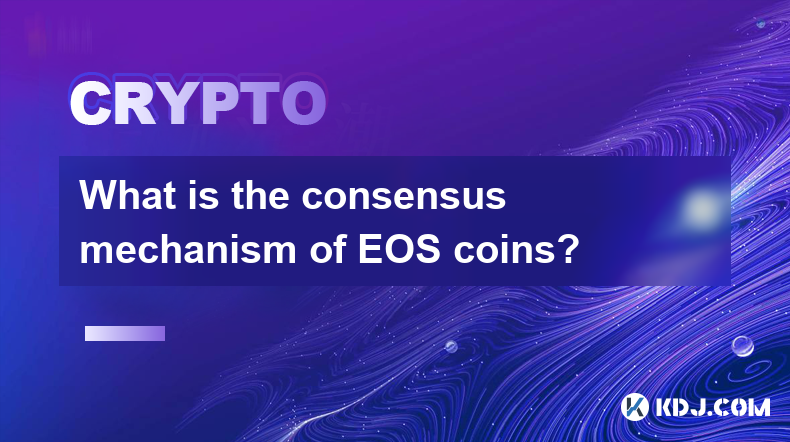
What is the consensus mechanism of EOS coins?
Feb 26,2025 at 11:19am
Key Points:EOSIO: The Foundation of EOS's Consensus MechanismDPOS: Delegated Proof-of-StakeBlock Producer ElectionsContinuous Block ProductionBlock Validation and IrreversibilityConsensus and Fork PreventionCommunity Governance and VotingWhat is the Consensus Mechanism of EOS Coins?EOS, an innovative blockchain platform, employs a unique consensus mecha...
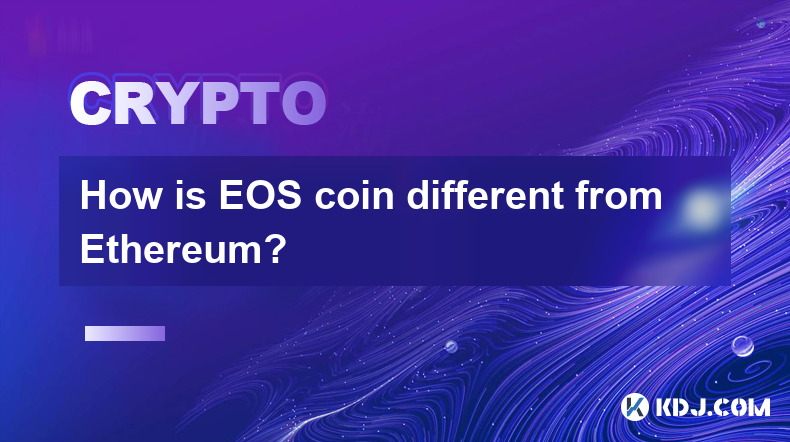
How is EOS coin different from Ethereum?
Feb 26,2025 at 10:48am
Key Points:Overview of EOS and EthereumDifferences in Consensus MechanismsAdvantages and Limitations of Each PlatformUse Cases and Target AudiencesComparison of Transaction Fees and ScalabilityCommunity Support and Development ActivityHow is EOS Coin Different from Ethereum?1. Overview of EOS and EthereumEOS and Ethereum are two of the most popular bloc...
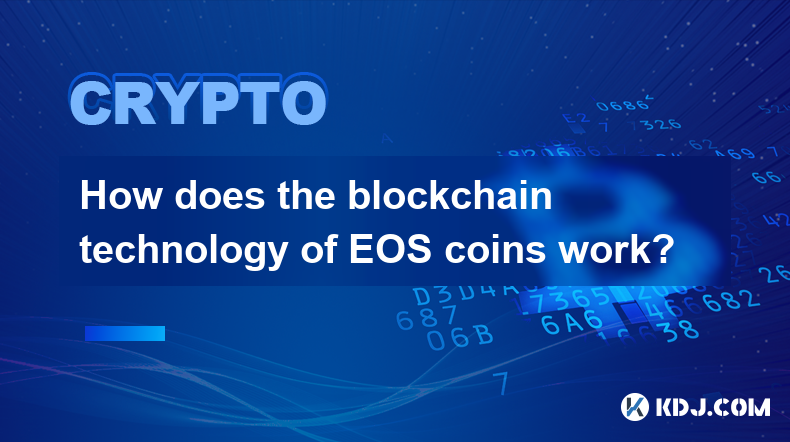
How does the blockchain technology of EOS coins work?
Feb 25,2025 at 11:13pm
Key PointsEOS is a blockchain platform that provides a high-throughput and scalable solution for decentralized applications.EOS uses a delegated proof-of-stake (DPoS) consensus mechanism to elect block producers and maintain the blockchain.EOSIO, the open-source software that powers EOS, offers a range of developer tools and features to facilitate the c...
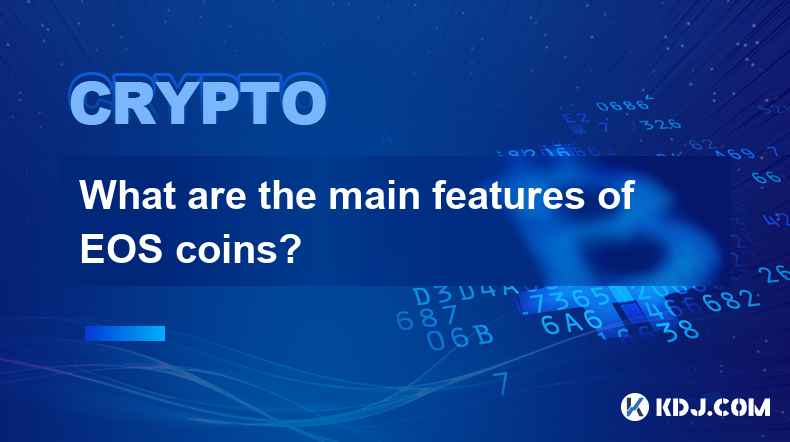
What are the main features of EOS coins?
Feb 27,2025 at 04:36pm
Key Points:EOS is a decentralized blockchain platform designed for building scalable and secure applications.EOS uses a unique consensus mechanism called Delegated Proof of Stake (DPoS), which improves transaction speed and efficiency.EOS has a robust ecosystem with a wide range of decentralized applications (dApps) and tools.EOS is known for its low tr...

What are the uses and application scenarios of EOS coins?
Feb 26,2025 at 09:54pm
EOS: Decentralized Infrastructure for Scalable Blockchain ApplicationsKey Points:EOS enables the creation and deployment of decentralized applications with unparalleled scalability and efficiency.Its unique architecture features a high-throughput blockchain with zero transaction fees and the ability to process millions of transactions per second.EOS is ...

What is the total amount of EOS coins issued?
Feb 26,2025 at 06:24pm
Key PointsTotal Supply: Understand the concept of initial supply and its impact on EOS tokenomicsSupply Dynamics: Explore the various factors that affect EOS supply, including inflation and staking incentivesMarket Capitalization vs. Circulating Supply: Delve into the nuances between these metrics and their significance in token valuationDistribution an...

What is the consensus mechanism of EOS coins?
Feb 26,2025 at 11:19am
Key Points:EOSIO: The Foundation of EOS's Consensus MechanismDPOS: Delegated Proof-of-StakeBlock Producer ElectionsContinuous Block ProductionBlock Validation and IrreversibilityConsensus and Fork PreventionCommunity Governance and VotingWhat is the Consensus Mechanism of EOS Coins?EOS, an innovative blockchain platform, employs a unique consensus mecha...

How is EOS coin different from Ethereum?
Feb 26,2025 at 10:48am
Key Points:Overview of EOS and EthereumDifferences in Consensus MechanismsAdvantages and Limitations of Each PlatformUse Cases and Target AudiencesComparison of Transaction Fees and ScalabilityCommunity Support and Development ActivityHow is EOS Coin Different from Ethereum?1. Overview of EOS and EthereumEOS and Ethereum are two of the most popular bloc...

How does the blockchain technology of EOS coins work?
Feb 25,2025 at 11:13pm
Key PointsEOS is a blockchain platform that provides a high-throughput and scalable solution for decentralized applications.EOS uses a delegated proof-of-stake (DPoS) consensus mechanism to elect block producers and maintain the blockchain.EOSIO, the open-source software that powers EOS, offers a range of developer tools and features to facilitate the c...

What are the main features of EOS coins?
Feb 27,2025 at 04:36pm
Key Points:EOS is a decentralized blockchain platform designed for building scalable and secure applications.EOS uses a unique consensus mechanism called Delegated Proof of Stake (DPoS), which improves transaction speed and efficiency.EOS has a robust ecosystem with a wide range of decentralized applications (dApps) and tools.EOS is known for its low tr...
See all articles















































































